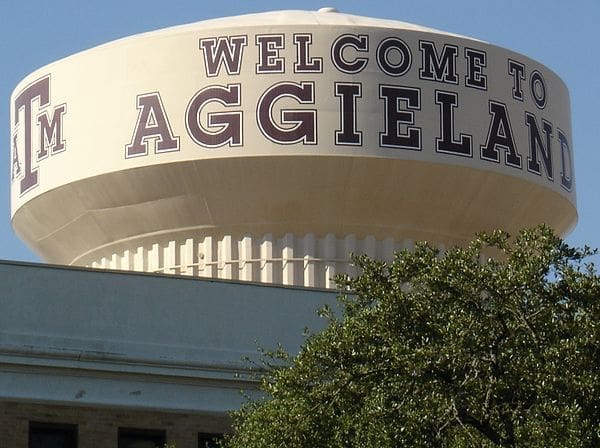A controversial new form of student discipline is taking hold in Texas public schools: restorative discipline.
Though restorative discipline does boast some benefits to students, opponents say there are potential negative effects.
According to Dr. Marilyn Armour of the Institute for Restorative Justice and Restorative Dialogue, “Restorative Discipline is a whole-school, relational approach to building school climate and addressing student behavior that fosters belonging over exclusion, social engagement over control, and meaningful accountability over punishment.”
In short, restorative discipline is used to build relationships and give a voice to those involved in an issue.
From a practical perspective, that means using alternative tactics such as positive reinforcement and group discussions instead of traditional disciplinary consequences.
With the increased presence of critical race theory on campuses, however, restorative discipline has also been used to bring “equity” to discipline and reduce suspensions of students of color.
In her essay Restorative Discipline: Classroom Management for Equity and Justice, Heather Cunningham, Ph.D. writes, “For students to receive the life-altering benefits of education, they must be present in the classroom. And data suggests that Black and Brown students in the United States are suspended and expelled from school at much higher rates than their White peers.”
“Restorative discipline holds the promise of delivering more responsive and just discipline outcomes to Black and Brown students,” Cunningham adds. “This is because it promotes their development within the school community instead of exposing them to the systemic racism inherent in punitive discipline systems which frequently exclude them from the school community.”
But not all agree that restorative discipline is the most effective strategy.
Chad McCarty has real-world experience dealing with students and discipline. As a former principal in Fort Worth Independent School District, McCarty is familiar with the issues surrounding restorative discipline. He was written up for suspending too many students for fighting and writing up too many black students. More than 60 percent of his school’s population was black.
McCarty himself is also black.
“I told them that I suspended all students for fighting,” McCarty told Texas Scorecard.
“What I came to realize was that most of the suspensions were due to the reaction of the implied consequence, rather than the actual action itself. A student may receive a consequence of detention or isolation, but not wanting to accept the consequence and responding with verbal threats and profanity would cause the consequence to be elevated to an at-home suspension. That’s a social-emotional problem that I wasn’t well equipped to solve,” McCarty said.
“I hated suspending students, especially students that look like me. It’s just carried on the false narrative that is out there among the general public. I also understood that I had an obligation to give my best to the remainder of the student body and all stakeholders on campus to make the educational experience the best possible. If that meant sending some kids home for a few days, then so be it.”
Restorative discipline became widespread in Texas in 2015 when the Texas Education Agency partnered with the Institute for Restorative Justice and Restorative Dialogue at the University of Texas School of Social Work to participate in a statewide rollout. All 20 of the state’s Regional Education Centers participated in providing professional development in restorative discipline.
Restorative discipline may be used in your school. To find out more, citizens may contact their local school districts.





